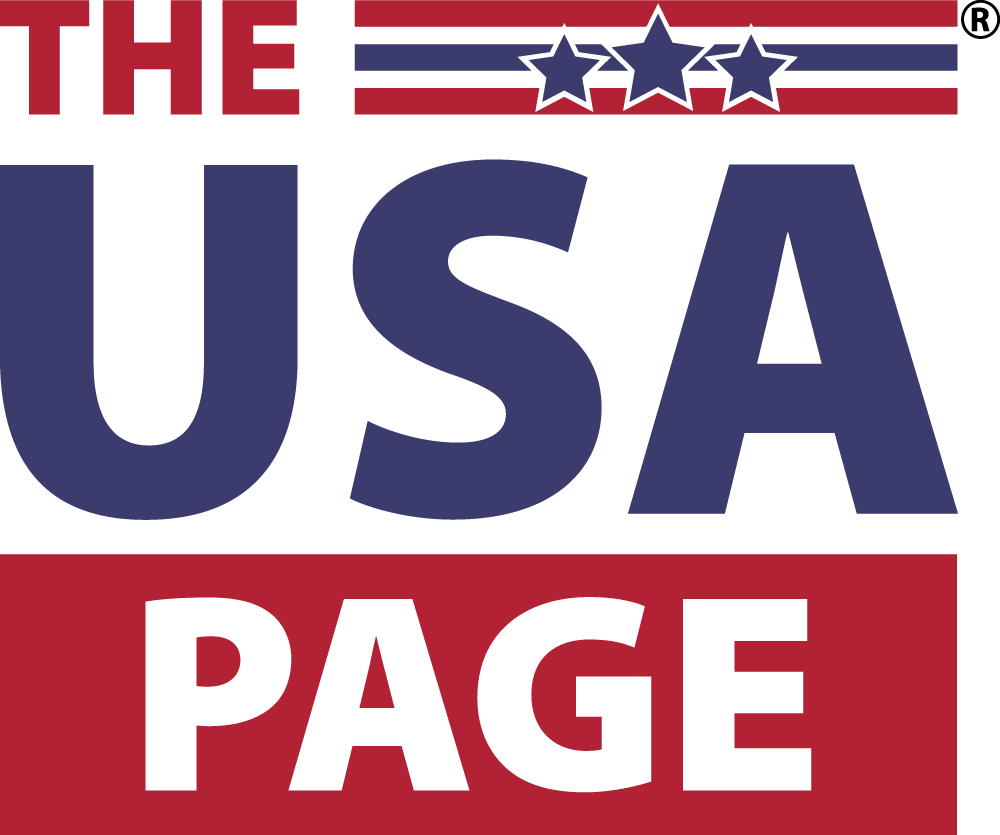Though diversity, equity and inclusion (DEI) has recently been a contentious topic, the idea behind it isn’t all that controversial. Put simply, DEI aims to create an environment where all workers are treated well, paid fairly and have their contributions heard and valued.
However, while the benefits DEI offers employees are often easy to explain, they aren’t as immediately obvious when it comes to the way they impact businesses as a whole. Whether we like it or not, most workplaces are focused on their return on investment (ROI), and being able to make a business case with the numbers to back it up can be the essential difference between a new initiative being approved (and supported) or dismissed.
We talked to DEI experts Joelle A. Murchison and Elijah Nicholas, DBA, to help quantify the way a strong DEI strategy can benefit your business.
What is diversity, equity and inclusion (DEI)?
Because we live in a society with a long history of discrimination, DEI initiatives essentially exist as a method for closing the gap. A good DEI strategy will help create a space where everyone has a fair shot to make meaningful contributions (and to be paid accordingly).
While there are different versions of the acronym, most come down to the following three categories.
- Diversity: Having a diverse workforce means hiring people who do not all think, look and act the same. It means hiring employees from different races, ages, ethnicities, religions, genders, sexual orientations, physical abilities and other aspects of social identity. Diversity is often the first and most visible way to identify if a company cares about DEI, particularly when it comes to its leadership.
- Equity: Equity is the idea that a person’s pay should be set according to their skills and contributions rather than characteristics they have no control over. Equity strategies exist to help close the well-documented gender and racial pay gaps that persist today.
- Inclusion: Inclusion is the difference between hiring a few “diverse” candidates for optics and actually inviting them to sit in (and speak at) the important meetings with you. It’s about creating a space where all employees feel comfortable enough to share their ideas and be themselves.
Acronym Variations: The word “belonging” is sometimes added to this acronym as a way to emphasize that letting someone speak in a meeting isn’t enough—you have to be interested in what they have to say. Additionally, in an executive order in 2024, the Biden administration added an “A” for “accessibility” in their communications. However, typically, accessibility is one of the identities that falls under the broader DEI.
The history of DEI
Though many credit the Civil Rights Movement of the 1960s as the start of DEI, this was not the first time that Americans sought to encourage more diverse, equitable and inclusive workplaces. In fact, the movement has existed for more than 150 years.
In March 1865 (prior to slavery being officially abolished in the United States later that year), Congress passed the Freedmen’s Bureau Act to help provide formerly enslaved people support with finding jobs, acquiring land and obtaining basic necessities. Nearly a full century later, the Civil Rights Act of 1964 was finally passed banning employment discrimination based on sex, religion, race and national origin.
When it came to other identities that fall under DEI, things took a little longer. It wasn’t until 1975 that LGBTQ+ people were no longer barred from federal civil service simply due to their sexuality. By 1993, LGBTQ+ were allowed to serve in the military but could not do so while openly “out” about their sexuality until 2011.
Meanwhile, though America had its first president with a significant disability in 1933 and had popular labor movements throughout the 1900s, the Americans with Disabilities Act was not passed until 1990.
The American workforce is more diverse than ever
Every generation of Americans has been more racially and ethnically diverse than the last, and Gen Z is no exception, with 48% being part of the global majority (i.e., identifying as something other than non-Hispanic and white). Gen Z also boasts the highest percentage of LGBTQ+ members, with 23.1% to 30% falling somewhere under the LGBTQ+ umbrella. Knowing this, it might not be much of a surprise that Monster found that 83% of Gen Z workers believe a company’s commitment to diversity and inclusion is important when choosing where to work.
As a whole, the U.S. adult population is more diverse than ever:
What’s at stake
The majority of U.S. workers believe that a focus on DEI is a good thing. Ignoring DEI—or worse, actively reversing DEI policies—can have some seriously big consequences.
Take Target, for example. They used to be one of the strongest corporate supporters of DEI—and saw the benefits. They’ve had Pride displays since 2015, and in 2020, they created programs specifically to help uplift the Black community after the murder of George Floyd.
But in January this year, Target announced they’d be scaling back some of their DEI initiatives, leading to a strong backlash and even boycotts. From Jan. 27 onward, their stock has seen a steady tumble and their foot traffic has dropped almost 5% compared to last year.
In that same period, Costco announced a renewed commitment to their DEI initiatives and has reaped the rewards with a noticeable increase foot traffic and a 22% increase in website traffic.

The benefits of committing to DEI
Though we’d like to believe all businesses operate with the greater good in mind, the cold, hard truth is that showing DEI’s impact on the bottom line is often the only way to shift it from a “nice to have” to a must-have. Below are just a few examples of the quantifiable positive impact that DEI has on businesses:
- More profitable: In 2023, McKinsey & Company found that companies with gender diversity were 39% reported greater financial performance (up from 15% in 2015) and companies with ethnic diversity were found to be 39% more profitable (up from 25% in 2015). Globally, companies with diverse teams have also been found to earn 2.5 times higher cash flow.
- More productive and higher performing: Inclusive teams are 35% more productive and those with a diverse executive team are more likely to outperform competitors. Diverse teams produce 60% better results and make better decisions 87% of the time.
- More innovative employees: Diverse companies have been found to be more innovative because they combine differing, unique points of view to create something new. Even slight increases to the diversity of the leadership of a company have been proven to have a noticeable positive impact on its innovation potential.
- More competitive and engaged employees: A commitment to DEI is one of the best ways to ensure your business has access to the top talent available. Nearly 40% of applicants have turned down or decided not to pursue a job because they believed the company lacked inclusion. Three-quarters of employees who feel included at their jobs say they are entirely engaged, whereas only one-quarter of employees who don’t feel that inclusion are engaged.
- Stronger customer loyalty: “Consumers know the power of their dollars and will spend it with companies that align with their values,” Murchison says. The current trends at Target and Costco are just two of many examples of shoppers doing just that.
How to show a commitment to DEI
“Demonstrating a commitment to DEI requires more than running an ad that has Black people or gay people in it or issuing a corporate statement,” says Murchison. Instead, she says, “real, transformative DEI work takes time, deep organizational commitment and a willingness to embed inclusion into decision-making at all levels.”
Though there are a ton of ways to go about creating a meaningful DEI strategy, here are a few ways to communicate to employees and consumers that it’s a priority for your business:
- Get rated by the corporate equality index (CEI): The Human Rights Campaign puts out a CEI rating every year for participating businesses, tracking the policies, practices and benefits available for LGBTQ+ people.
- Create (and support) employee resource groups (ERGs): Creating ERGs (or expanding your existing ERGs) is a great way to help employees feel included. Just be sure they have a genuine voice and the financial support to help them see the true benefits.
- Conduct pay equity audits: Periodically audit employee salaries to ensure that pay is being distributed equitably and that the company is not contributing to historically entrenched pay gaps.
- Partner with diverse suppliers: Spread the wealth beyond your company and employees themselves by partnering with diverse suppliers whenever possible.
Photo by Jacob Lund/Shutterstock.




